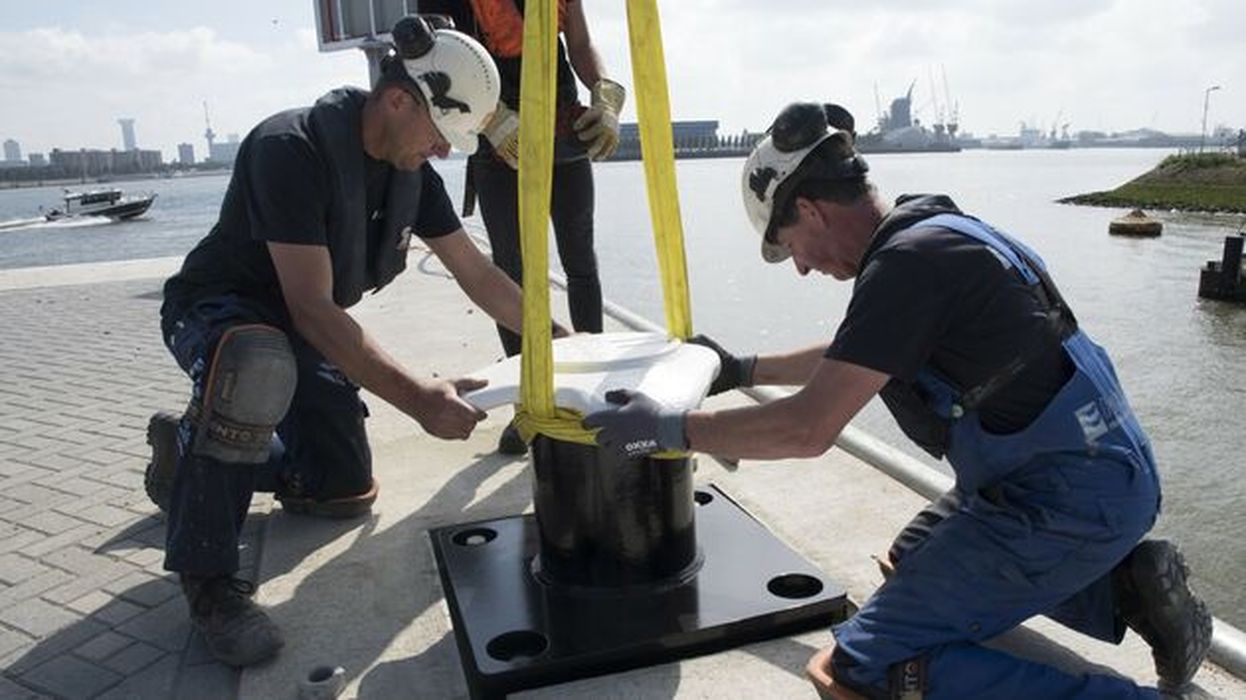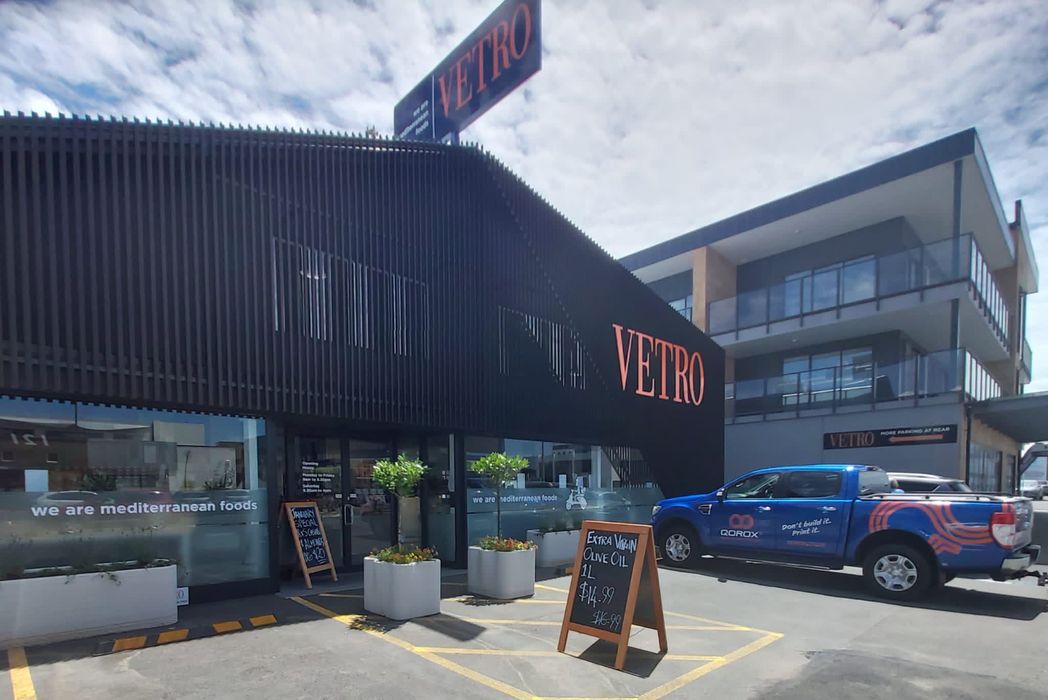
Charles R. Goulding and Preeti Sulibhavi delve into the transformative role of 3D printing in modernizing bollards and barriers, showcasing innovative applications in urban security and design.
In recent years, the term “bollards” has gained prominence in public discourse, particularly in the aftermath of tragic vehicular attacks in Germany and New Orleans. Originally a nautical term describing posts used to secure ships at a wharf, bollards have evolved into critical components of urban security infrastructure. These robust posts, often installed in public and private spaces, serve to protect pedestrians and buildings from vehicular threats. The advent of 3D printing technology has further revolutionized the production and customization of bollards and barriers, allowing for cost-efficient and innovative solutions tailored to various security needs.
The Role of Bollards and Barriers in Security
Bollards and barriers act as physical deterrents to unauthorized vehicular access, safeguarding high-risk areas such as pedestrian zones, government buildings, and crowded public spaces. They range from simple static posts to more complex systems like retractable or removable bollards. Their primary purpose is to absorb and deflect the impact of a vehicle, mitigating damage and potentially saving lives.
Recent events have underscored the importance of such security measures. In urban planning, the strategic placement of bollards can enhance safety without compromising the aesthetic appeal of the environment. Modern bollards are designed to seamlessly integrate into cityscapes, doubling as decorative features or practical objects such as bike racks and seating.

The Intersection of Bollards and 3D Printing
3D printing technology has emerged as a game-changer in the manufacturing of bollards and barriers. By leveraging materials such as concrete, steel, and polymers, 3D printing offers unprecedented flexibility in design, production speed, and cost-effectiveness. Traditional methods of creating bollards often involve labor-intensive processes and high material wastage. In contrast, 3D printing minimizes waste and allows for precise customization based on specific requirements.
3D Printed Bollards in Rotterdam
A groundbreaking example of 3D printing in this field comes from the Port of Rotterdam, which unveiled a series of 3D printed bollards designed for maritime use. These bollards, made from high-strength materials, demonstrate the versatility and durability of 3D printed structures. By using advanced printing techniques, the port achieved a reduction in production time and costs while maintaining the high standards required for maritime applications.
The success of this project highlights the potential of 3D printing to revolutionize the security industry. Not only can the technology produce bollards with superior structural integrity, but it also enables rapid prototyping and testing of new designs tailored to specific environments.
3D Printed Concrete Barriers in New Zealand
In New Zealand, companies such as Qorox have pioneered the use of 3D printing to create concrete safety barriers. These barriers, designed to withstand significant impact, are lightweight compared to traditional counterparts, making them easier to transport and install. Qorox’s innovative approach emphasizes the use of automated robotic 3D printing technology to produce barriers with exceptional precision and efficiency. The process enables the creation of intricate designs, which not only enhance functionality but also allow for aesthetic customization. For example, barriers can be tailored to include branding, artistic elements, or patterns that complement the surrounding environment.

Qorox’s bespoke street furniture, such as planter boxes, seating and tables offers cost-effective, convenient, and customizable options that enhance the overall streetscape across New Zealand and don’t interfere with lifeline services.
Built off-site by their CyBe technology, QOROX’s unique 3D printer eliminates the need for heavy transporters to bring concrete bollards to site or for heavy machinery to position in the optimal location.
Benefits of 3D Printing in Security Applications
- Customization: 3D printing enables the creation of bollards and barriers tailored to specific needs, such as varying heights, shapes, or impact resistance levels. This adaptability ensures that security solutions can be optimized for different scenarios, from protecting pedestrian zones to safeguarding critical infrastructure.
- Cost Efficiency: Traditional manufacturing methods often involve high material costs and labor-intensive processes. 3D printing reduces waste and streamlines production, resulting in significant cost savings.
- Sustainability: By using environmentally friendly materials and minimizing waste, 3D printing aligns with sustainable development goals. Additionally, the ability to recycle materials further enhances environmental benefits.
- Rapid Deployment: In emergencies or fast-paced projects, 3D printing can produce security structures quickly and efficiently. This capability is particularly valuable for temporary installations at large events or disaster zones.
- Aesthetic Integration: Unlike conventional barriers that may appear intrusive, 3Dprinted designs can be customized to harmonize with their surroundings, enhancing the overall visual appeal of urban spaces.
Challenges and Future Prospects
Despite its advantages, 3D printing in the security sector faces challenges. The initial setup costs for high-quality 3D printers and materials can be significant, potentially limiting accessibility for smaller organizations. Additionally, the technology must continue to prove its durability and reliability in extreme conditions to gain widespread acceptance.
Nevertheless, ongoing advancements in 3D printing technology are expected to address these limitations. Researchers and engineers are exploring new materials and printing techniques to enhance the strength, durability, and affordability of 3D printed security solutions. Collaborative efforts between governments, private enterprises, and academic institutions are also fostering innovation in this field.
The Broader Impact of 3D Printing on Urban Security
The integration of 3D printing into urban security extends beyond bollards and barriers. The technology is being used to create other critical infrastructure components, such as street furniture, signage, and even temporary shelters. This versatility underscores the transformative potential of 3D printing in reimagining urban spaces to prioritize safety and functionality.
Furthermore, the ability to localize production reduces dependency on global supply chains, enhancing resilience in times of crisis. For instance, during the COVID-19 pandemic, 3D printing played a pivotal role in producing medical equipment and protective gear, demonstrating its capacity to address urgent needs.
The Research & Development Tax Credit
The now permanent Research and Development (R&D) Tax Credit is available for companies developing new or improved products, processes and/or software.
3D printing can help boost a company’s R&D Tax Credits. Wages for technical employees creating, testing and revising 3D printed prototypes are typically eligible expenses toward the R&D Tax Credit. Similarly, when used as a method of improving a process, time spent integrating 3D printing hardware and software can also be an eligible R&D expense. Lastly, when used for modeling and preproduction, the costs of filaments consumed during the development process may also be recovered.
Whether it is used for creating and testing prototypes or for final production, 3D printing is a great indicator that R&D Credit-eligible activities are taking place. Companies implementing this technology at any point should consider taking advantage of R&D Tax Credits.
Conclusion
The tragic events in Germany and New Orleans have underscored the critical role of bollards and barriers in protecting public spaces. As security concerns continue to rise, the demand for innovative and efficient solutions has never been greater. 3D printing offers a promising avenue to meet these needs, providing customizable, cost-effective, and sustainable options for urban safety.
Projects like the 3D printed bollards in Rotterdam and concrete barriers in New Zealand exemplify the transformative potential of this technology. By combining functionality with aesthetic appeal, 3D printing is not only enhancing security but also contributing to the creation of more harmonious and resilient urban environments. As advancements in 3D printing continue to unfold, the future of bollards and barriers holds exciting possibilities, redefining how we safeguard our cities and communities.
